On December 25, 2021, the long-awaited, oft-delayed launch of NASA's most important telescope since the Hubble finally happened.
The James Webb Space Telescope (JWST) was sent into space!
This amazing probe is a true groundbreaker in that it will show us views of space never seen before. Is that because it is more 'powerful' than the Hubble Space Telescope? In some ways, yes. But it's also just different.
That's because in science, being more powerful isn't always about size or strength—it's often about what task a device is able to perform. So while the JWST is indeed large, what makes it special is its design and the unique spot in space where it will live.
Seeing 'red'
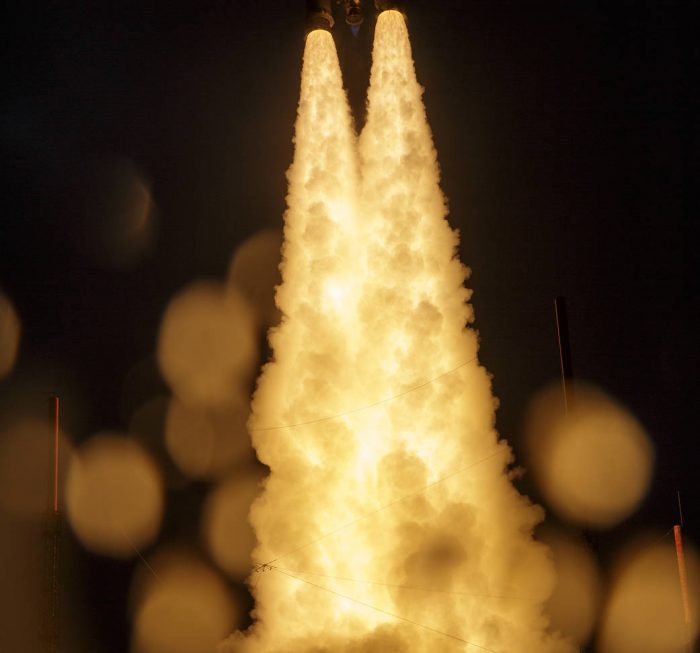
The JWST is launched into space on Christmas Day. (NASA)
If you remember only one thing about the JWST, it should be this: it is designed to view infrared light.
All light is electromagnetic radiation—that is energy that is moving out from a source. Visible light is electromagnetic radiation that we can see. But it makes up only a very tiny part of the electromagnetic spectrum.
If you picture a rainbow in your mind, that is range of visible light—it starts at violet and moves all the way down to red. Infrared light is just under the red light that we can see. There is a ton of it out there, but it is invisible to us. And to many of our instruments, too.
For example, while the Hubble delivers unbelievably clear images from deep space, it can only see ultraviolet (UV) light, visible light, and near-infrared light. That's where the JWST comes in—it will be able to see all of that infrared light that the Hubble misses.
Deep history
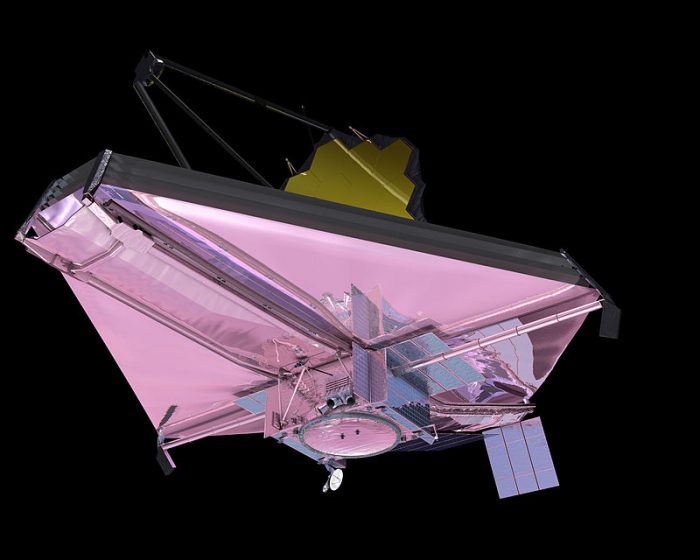
The underside of the telescope makes it look like a boat. Why is it built that way? You'll find out! (NASA)
So now that you know what the James Webb Space Telescope is designed to view, it's time to ask why. Why infrared?
The answer: To view the (near) birth of the universe!
Light is the fastest thing in the universe, but it is does not cross distances instantaneously. For example, the light from the Sun? It travels 149 million km (93 million miles) in about eight minutes. Light from the nearest star? It takes about four years to reach us. (This is where the term light year comes from—the distance light can travel in one year.)
The furthest stuff in the universe? It is about 13 billion light years away from us. And it just so happens that 13 billion years is about the age of our universe. So (deep breath) the light from these super distant objects that is only just reaching us now? It is 13-billion-year-old light. It was made at the beginning of time as we know it!
And that light? You guessed it. It is infrared light! Which the JWST is built to see!
Reflecting the past
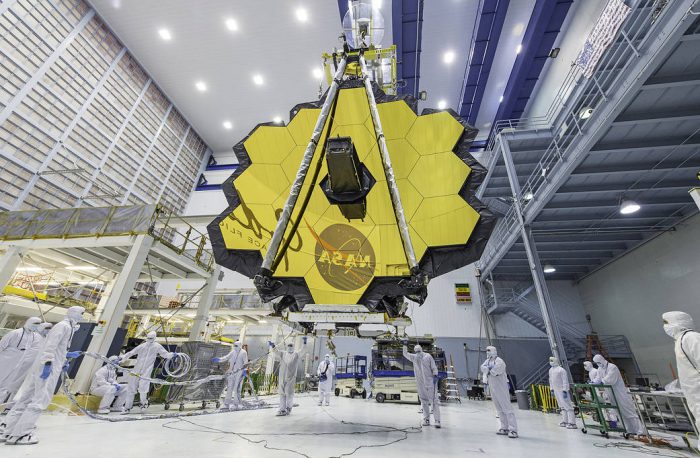
A look at the impressive mirror on the James Webb. (NASA)
How does this incredible telescope achieve this? For starters, it has a massive mirror.
Made up of 18 smaller hexagonal mirrors, the primary mirror 6.5 metres (18 feet) wide. This mirror is used to reflect and intensify the viewing power of the telescope. It basically soaks up all of that infrared light and aims it into the telescope's various viewing instruments. Together, these instruments are able to collect information about infrared (as well as some orange and red visible light) and turn them into pictures of space that we can see!
Cool shield, cool spot
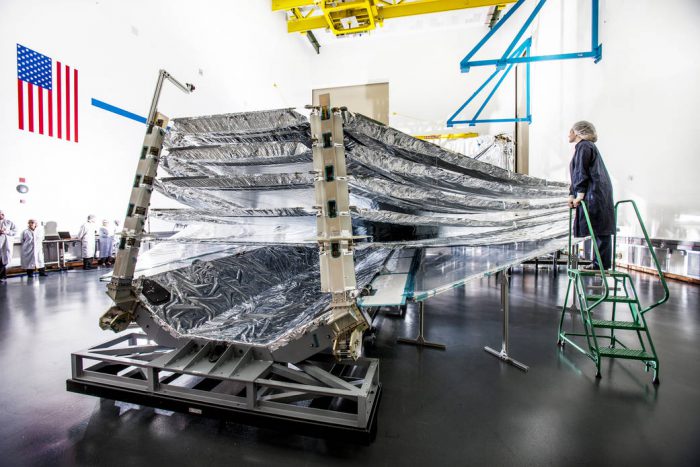
These are the many layers of the sunshield as seen from the side. These layers will keep the telescope cool for the best possible infrared viewing! (NASA)
But viewing infrared light is not as simple as just aiming a giant mirror into space. Infrared light is so cool that a telescope can easily be blinded by 'warmer' radiation—that's a big problem when you have a huge flaming star (the Sun) nearby!
That is why the biggest part of the JWST is not its mirror—it is its sunshield.
The size of a tennis court, the sunshield on the bottom of the telescope will constantly face the Sun and block its intense heat, keeping the JWST's instruments nice and cool.
To keep the telescope even cooler, it will follow an orbit around the Sun and Earth that stays in a zone called a Lagrange Point, an area of space that is much 'cooler' that other parts of our solar system, making it ideal for infrared viewing.
Can't wait for the show!
That is just a peek at the many things that make the James Webb Space Telescope unlike any telescope ever launched. So far, the mission has gone very well. It is journeying to its orbit and the sunshield has opened.
We're still a few months away from seeing our first images, but you can bet that they will be worth the wait!
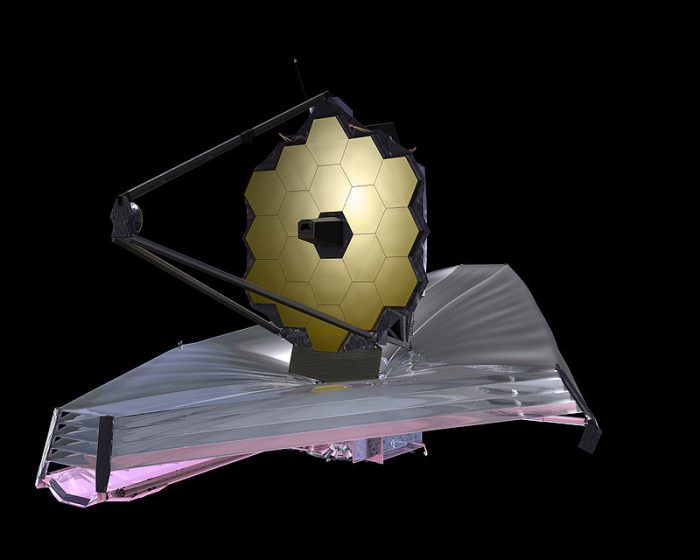 The James Webb Space Telescope is unlike any craft humanity has ever launched. (NASA)
The James Webb Space Telescope is unlike any craft humanity has ever launched. (NASA)










🙂 😉 😀